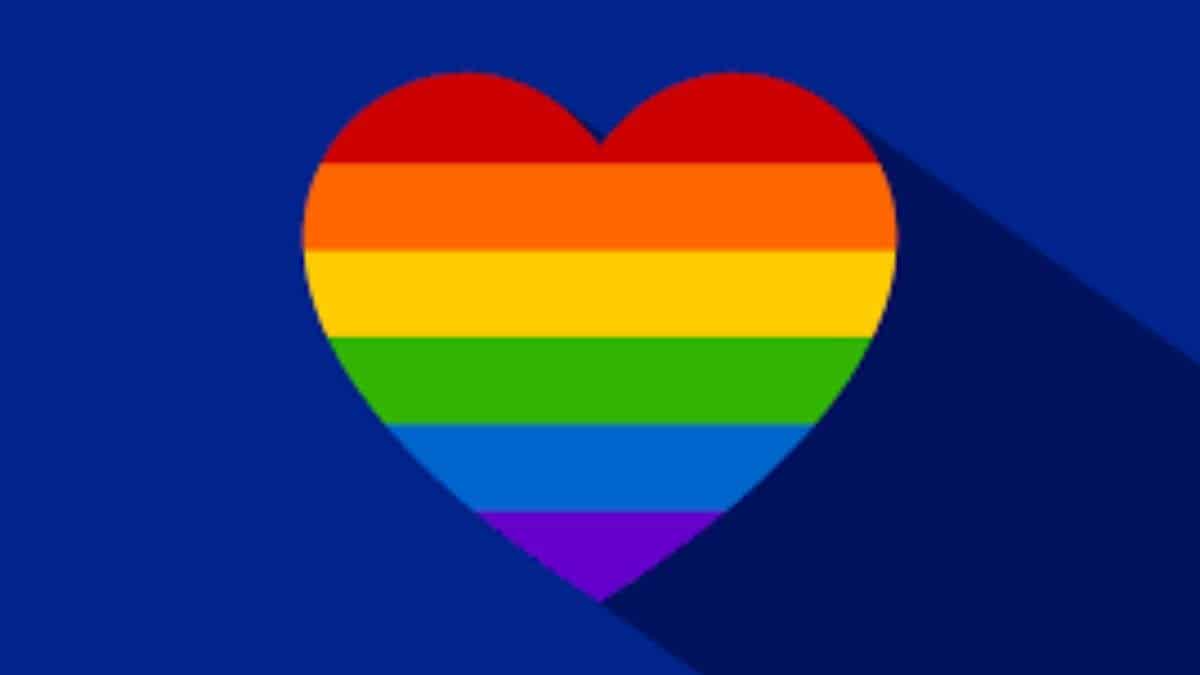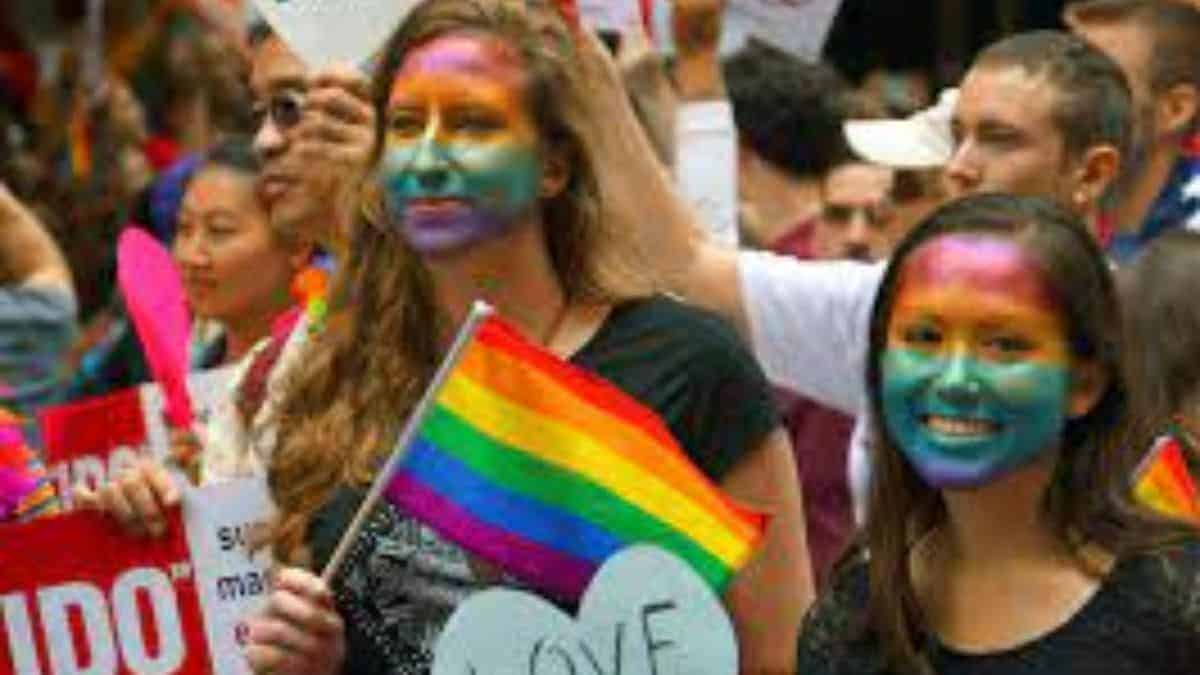How Did Pride Month Begin And How It Began?

Pride Month, which takes place every June, celebrates lesbian, gay, bisexual, and transgender people’s self-affirmation, integrity, equality, and increasing visibility. The name “Pride” was given to the month-long festival to foster those feelings as the community comes together to celebrate and support LGBTQ+ rights campaigns. As the community comes together, ET has compiled a guide to everything Pride, along with a quick summary, how to commemorate, and how to support.

How Did It All Begin?
Pride began as a protest and evolved into a celebration. The Stonewall riots began on June 28, 1969, when the LGBT community reacted to a police raid that started at the Stonewall Inn, a bar in Manhattan’s Greenwich Village district that functioned as a safe place for the city’s gay, lesbian, and transgender population.
In practically every state at the time, homosexual actions were illegal, and pubs and restaurants that had gay personnel or served gay clientele risked being shut down. While police had previously raided gay clubs, members of the LGBTQ community opted to fight back on that particular night, triggering an uprising that would usher in a new age of resistance that would eventually turn to celebration.
Mark Segal was among the numerous LGBTQ people who gathered outside Stonewall Inn to protest the latest police raid on one of the community’s last safe venues in New York City. Marsha P. Johnson, a transgender woman and activist, picked up the first brick flung in wrath, igniting the current LGBTQ rights movement.
“That night in June of 1969, we felt rage at the police,” Segal told ET’s Denny Directo, as Pride has become a stark reminder that these modern-day celebrations once started as a protest.
“We were enraged because, in a sense, 2,000 years of repression built up in us. And the New York City Police Department that night, when they violently came into Stonewall and beat people up against the wall and extorted money from people, got us angry,” Segal continued.
“And it was that night that we said to the police, ‘We are taking our street back. This is our neighborhood. You are no longer going to control us. You’re no longer going to dominate us. We’re going to create our identity. We’re going to create a community where you wouldn’t allow us to have community,’” Segal said.
Background of Pride in the United States
On the first year of the Stonewall Riots, June 28, 1970, the first Pride parade began in Stonewall. To finish off the city’s inaugural Pride Week, gay activists in New York organized the Christopher Street Liberation March. Hundreds of protesters began marching along Sixth Avenue toward Central Park. The procession finally spanned 15 city blocks and drew tens of thousands of spectators.
In the same year, activists in other cities such as Los Angeles, San Francisco, Boston, and Chicago established Pride festivities, which have continued to this day.
In 1978, San Francisco artist Gilbert Baker popularized the rainbow flag as a symbol of the LGBT community. In the homosexual community, the various colors are frequently connected with “diversity,” but they actually have specific significance. Red represents life; orange represents healing; yellow represents sunlight; green represents nature; turquoise represents magic and art; indigo (later altered to royal blue) represents calm; and violet represents spirit. The LGBTQ+ community has various more flags, including the transgender flag, the pansexual flag, and others.


